12 Popular Plants To Absolutely Avoid Growing In Your Garden
Just because a plant is popular doesn't mean it's a great fit for your garden. There's a number of factors to consider before adding a new specimen to your collection. Here you'll find a number of plants that you've likely seen that could cause a problem in your garden if you don't take extra precautions. Or, just avoid growing them altogether.
English Ivy

English Ivy is an attractive evergreen vine that can survive in parts of the garden other plants may not. However, it is quite prolific and grows quickly making it difficult to contain. It can quickly choke nearby trees and even smother other surrounding foliage. If you want to grow this plant, consider growing inside and choose a native ground cover outside to avoid problems.
Mint
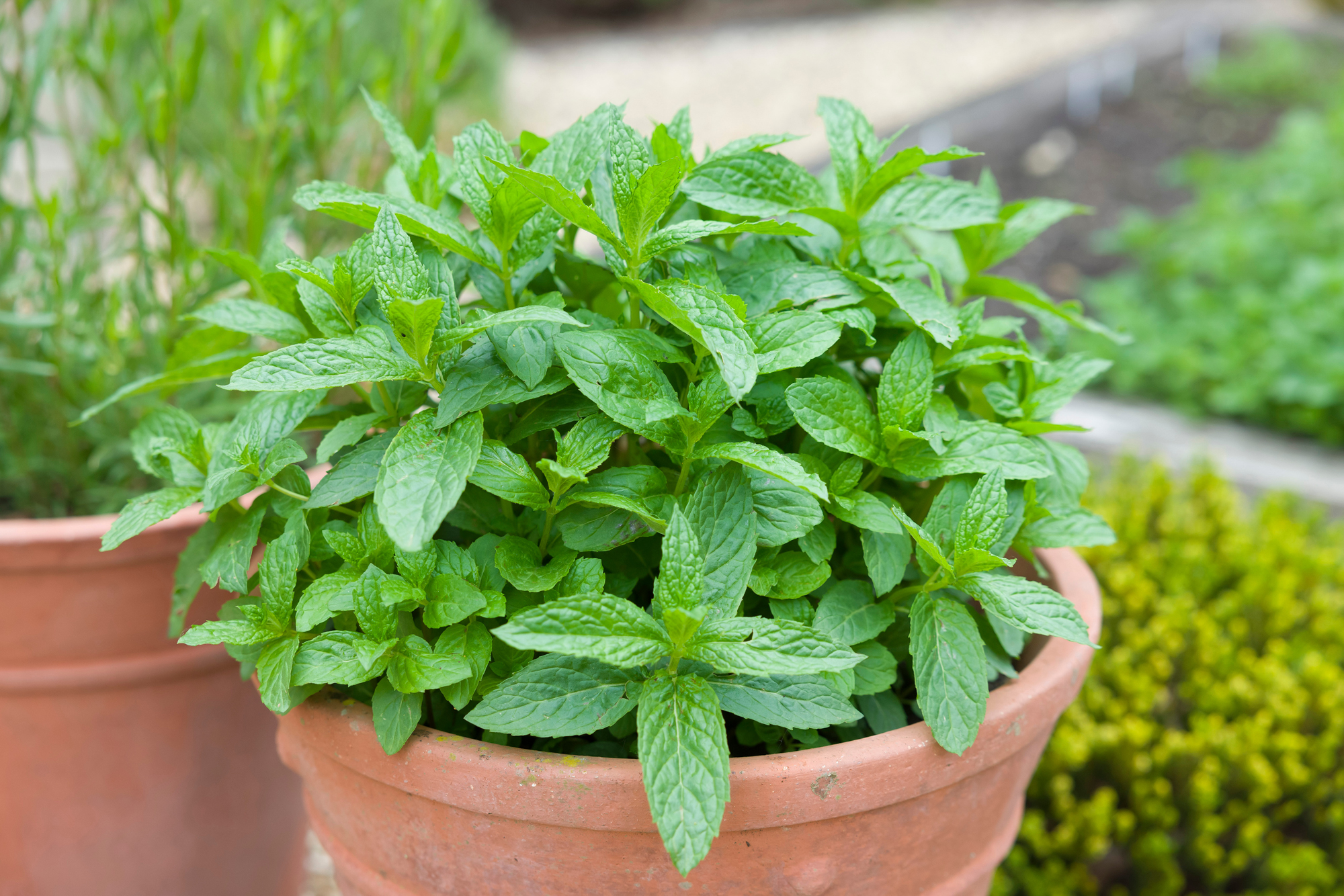
You might be tempted to plant this fragrant plant in your yard, but we’d advise against it. While it is easy to grow, and it’s a great herb for cooking and drinks, the roots of a Mint plant send out lots of runners. You’ll end up with Mint in areas of your yard you never intended for it to grow. Rather than plant it in the ground, plant it in pots so the roots are contained and you still have quick access to this useful plant.
White Ash Tree
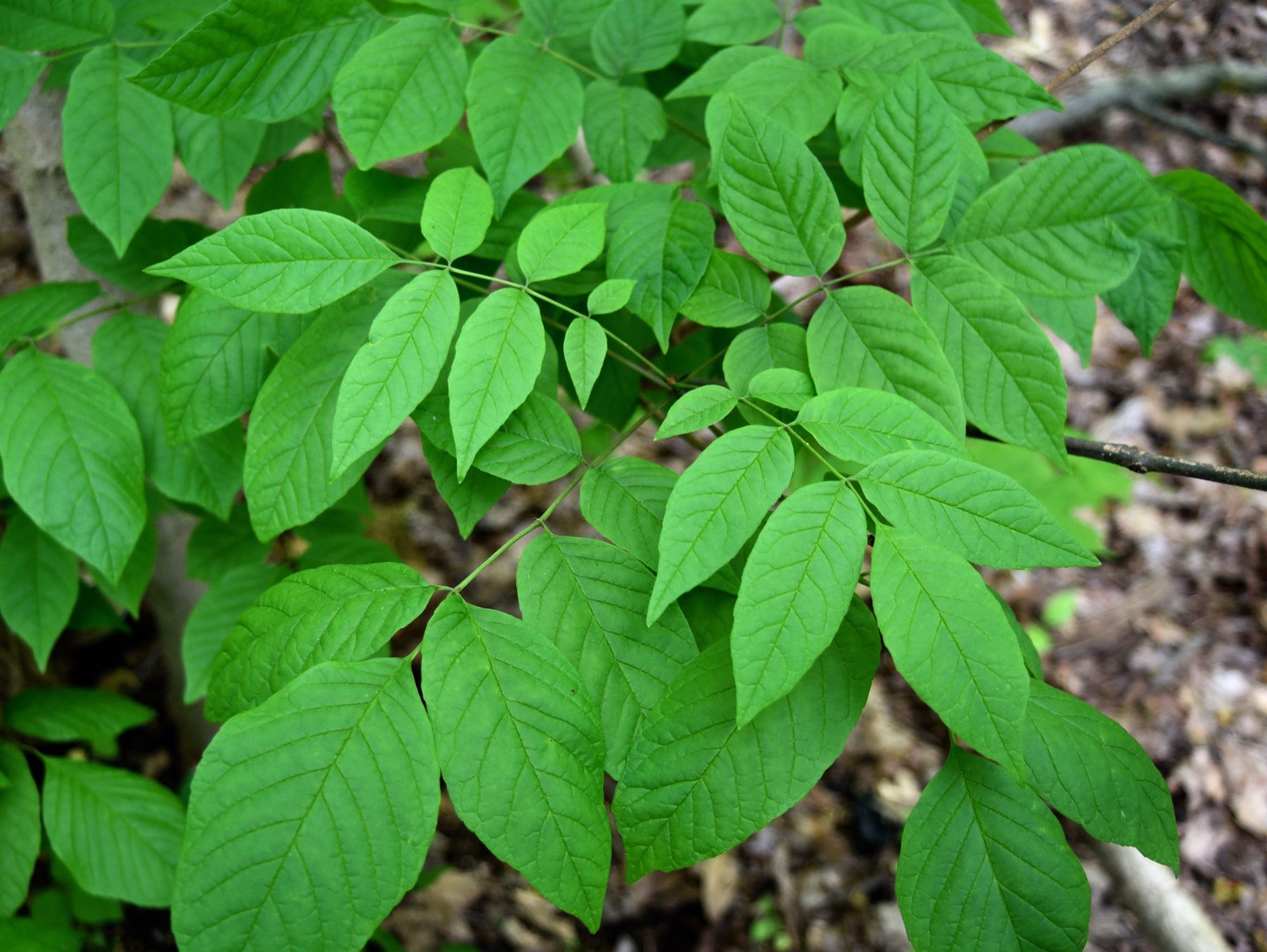
Big shade trees are a popular plant for gardens all across America and there are a number of native options to choose from. One we recommend avoiding, however, is White Ash. While attractive, male trees depend on wind to spread pollen to female trees. As you can imagine, this is not very efficient and therefore requires the trees to produce a large amount of pollen. White Ash are a large contributor to allergies in areas where they are frequently grown. If you tend to be allergic to pollens, it’s best to avoid growing this tree in your yard.
Wisteria
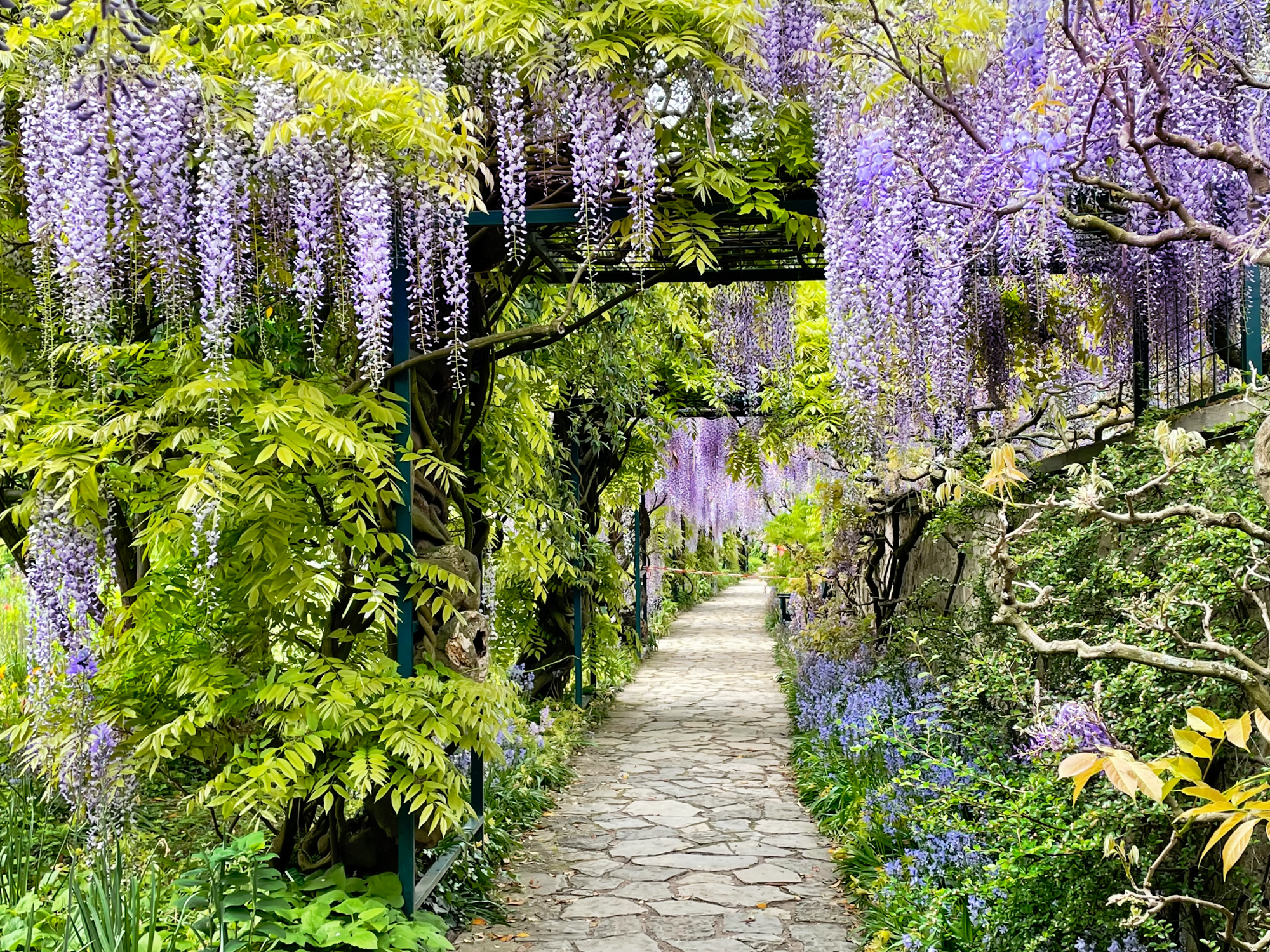
You might be surprised that this beautiful purple flowering plant is on the list, after all, it is stunning when in full bloom. It’s an impressive climbing plant with vibrant foliage in addition to the blossoms. When this plant is thriving it can spread very quickly and sends off shoots that stray far from the original plant. It can take over and cover up other plants or suffocate others.
Growing Wisteria in large pots can help contain it as well as frequent trimming throughout the year when it is actively growing. If you’re looking for a low maintenance plant, this won’t be a good option for you.
Aspen Trees

Driving through a grove of Aspen trees in the fall is a stunning sight, so it’s understandable you might want some of these trees in your yard. Avoid giving in to that temptation as these trees can easily get out of control. Aspen trees have water-seeing roots that are notorious for sending out a large number of shoots to start new plants and create an intricate root system that helps support the plants in tough weather.
Even planted far from your house, you may find that within a year or two the roots are damaging pipes and baby Aspens are popping up in your lawn and other places in the garden. Japanese Maple or Cherry Trees are good alternatives to Aspens.
Bamboo
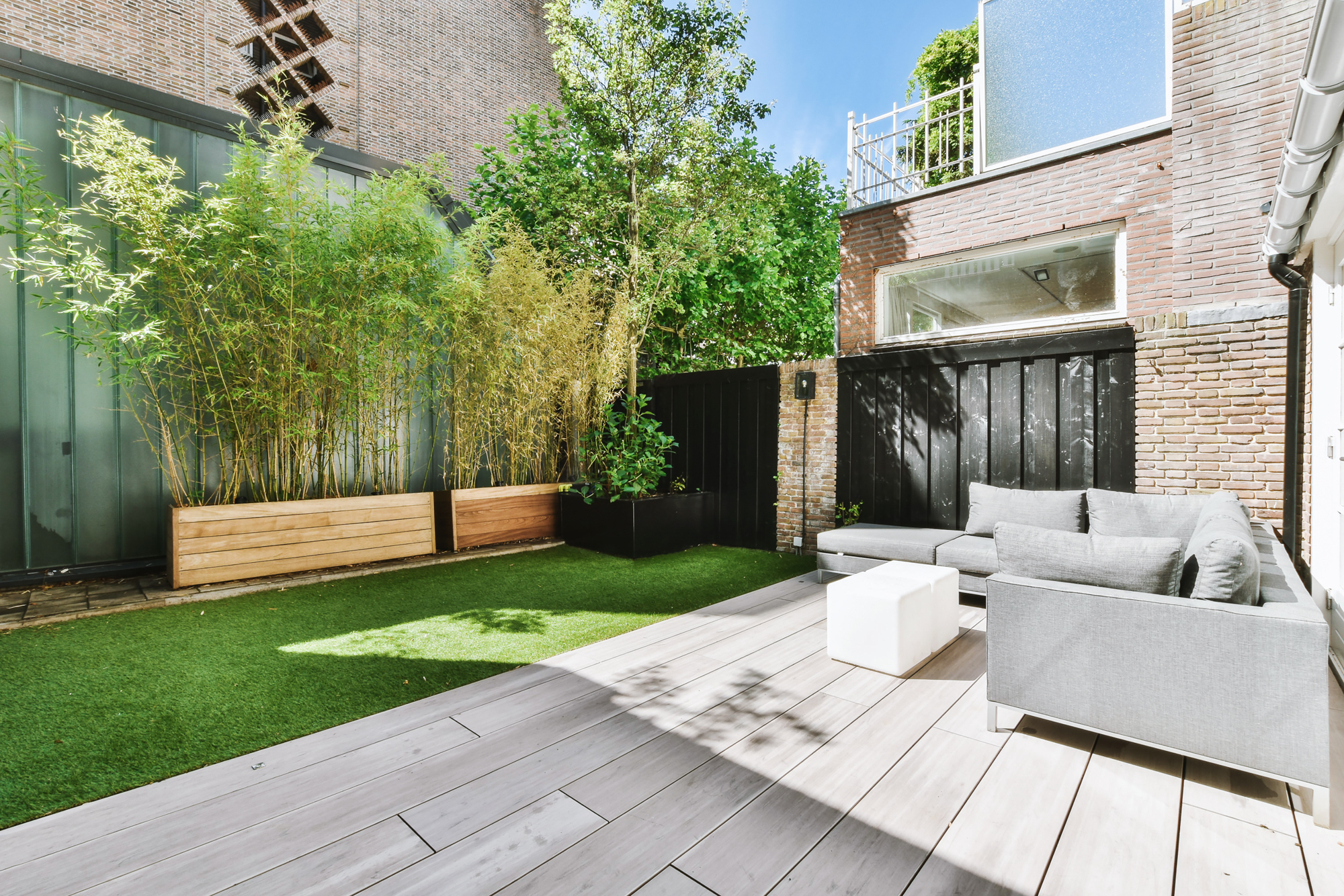
While not a plant that can grow in all climates, Bamboo is a popular selection for homeowners who want a living, attractive, easy to grow privacy fence. The only issue is Bamboo is extremely invasive. While you might start out with a nice clean row of Bamboo shoots, you’ll soon have more than you bargained for. If you do want to use Bamboo, use large landscaping planters to contain the shoots and prevent them from spreading.
Sissoo Trees (Indian Rosewood)
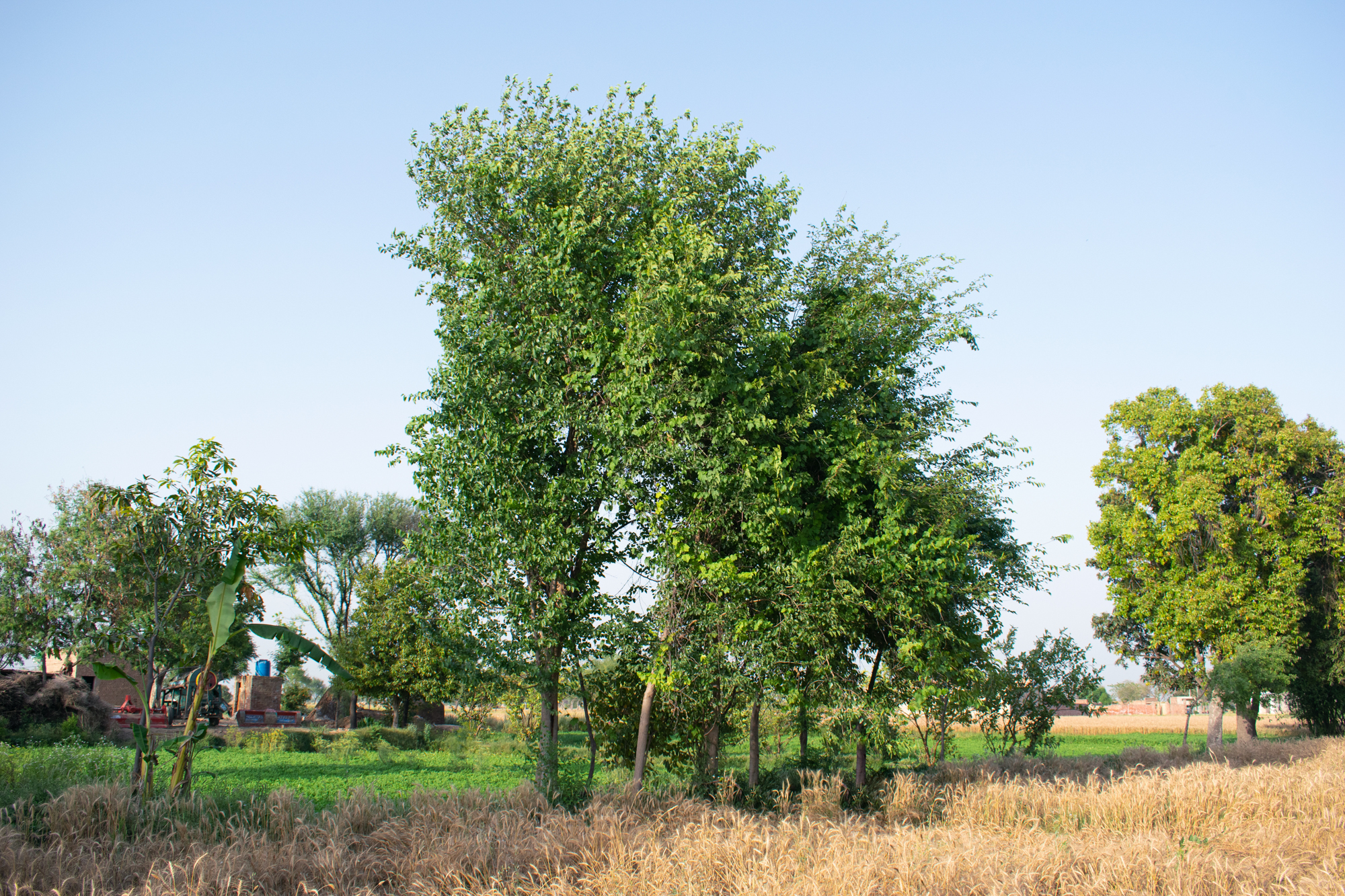
Many developers will plant Sissoo trees in new communities because they grow extremely quickly. That way the neighborhood looks like it has some more mature foliage after a year or two. These trees are also drought tolerant and provide a lot of shade so they seem like a natural choice.
Unfortunately these trees are extremely aggressive. They have shallow roots that send out runners which can easily break through concrete including foundations, sidewalks, and pools. While the wide canopy provides abundant shade, Sissoo trees will also cover the ground below with large seed pods, leaving your yard looking messy. Only plant Sissoo trees if there is at least 50ft between the trees and any structures or sidewalks.
Aloe vera
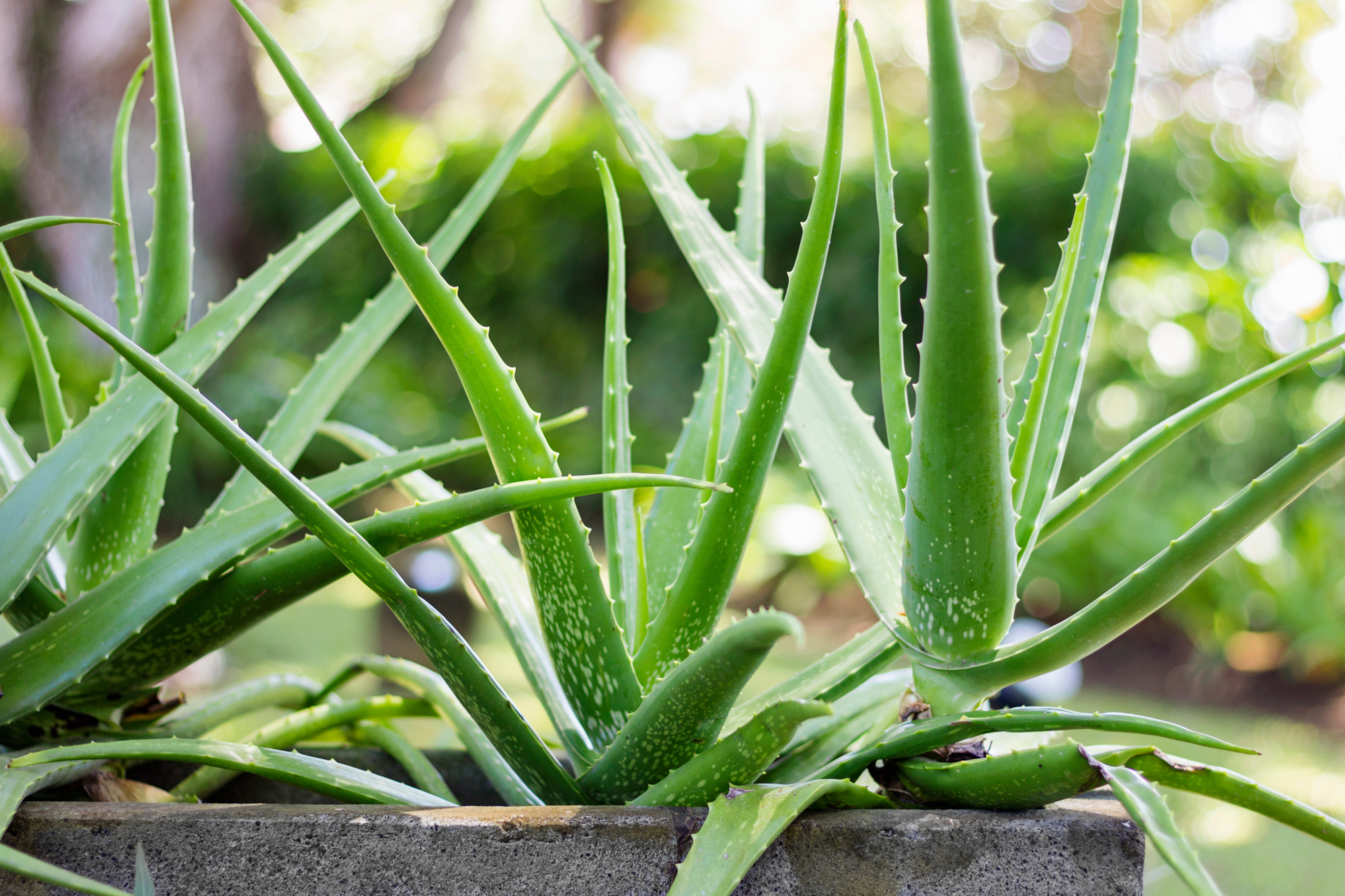
While a popular plant in many warmer climates, Aloe vera may not be a great option for pet owners as it can be toxic for most four-legged friends. This succulent is also quite prolific and will put off a large number of new babies each year. While this may seem nice at first, it can be a lot of work to thin out the offshoots to keep your Aloe cluster manageable. Potted plants will be easier to keep out of reach of your animals but you'll need to repot the plant frequently as new offsets form.
Japanese Barberry
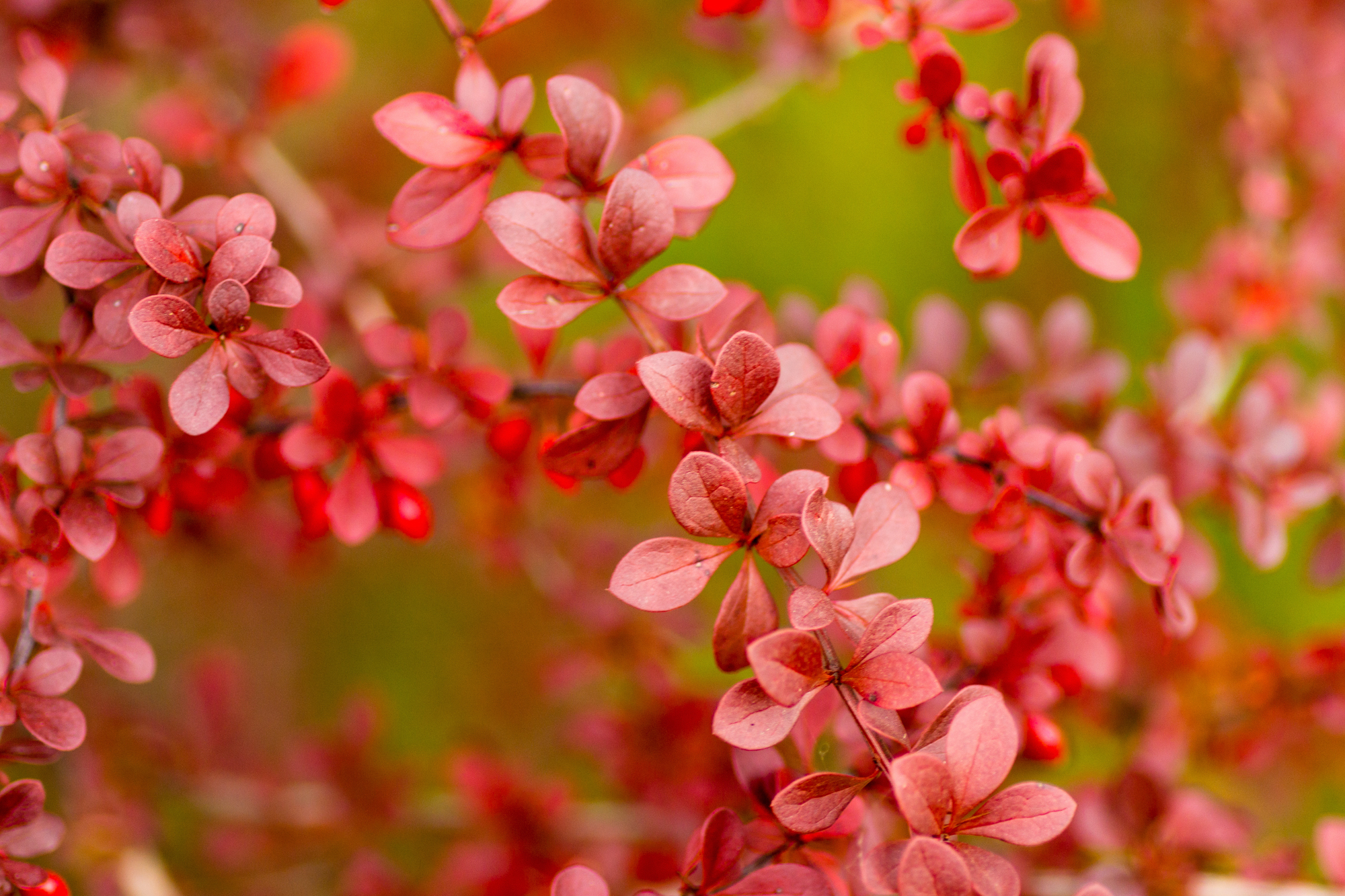
Japanese Barberry has become a popular bush as it does well in many different climates. It can handle both drought and shade, which can give color to a shady corner near your home. Be careful as it grows as it will create dense thickets that can overtake surrounding plants.
Birds will spread the seeds from this plant and you’ll end up with new growth in areas where you don’t want it. In addition, it has spines that can make it tricky to prune and which means containing this invasive plant can be quite difficult. On top of all that, Japanese Barberry can host black-legged ticks, one of the species that are known to spread Lyme disease. Opt for native species in your garden instead.
Amaranthus
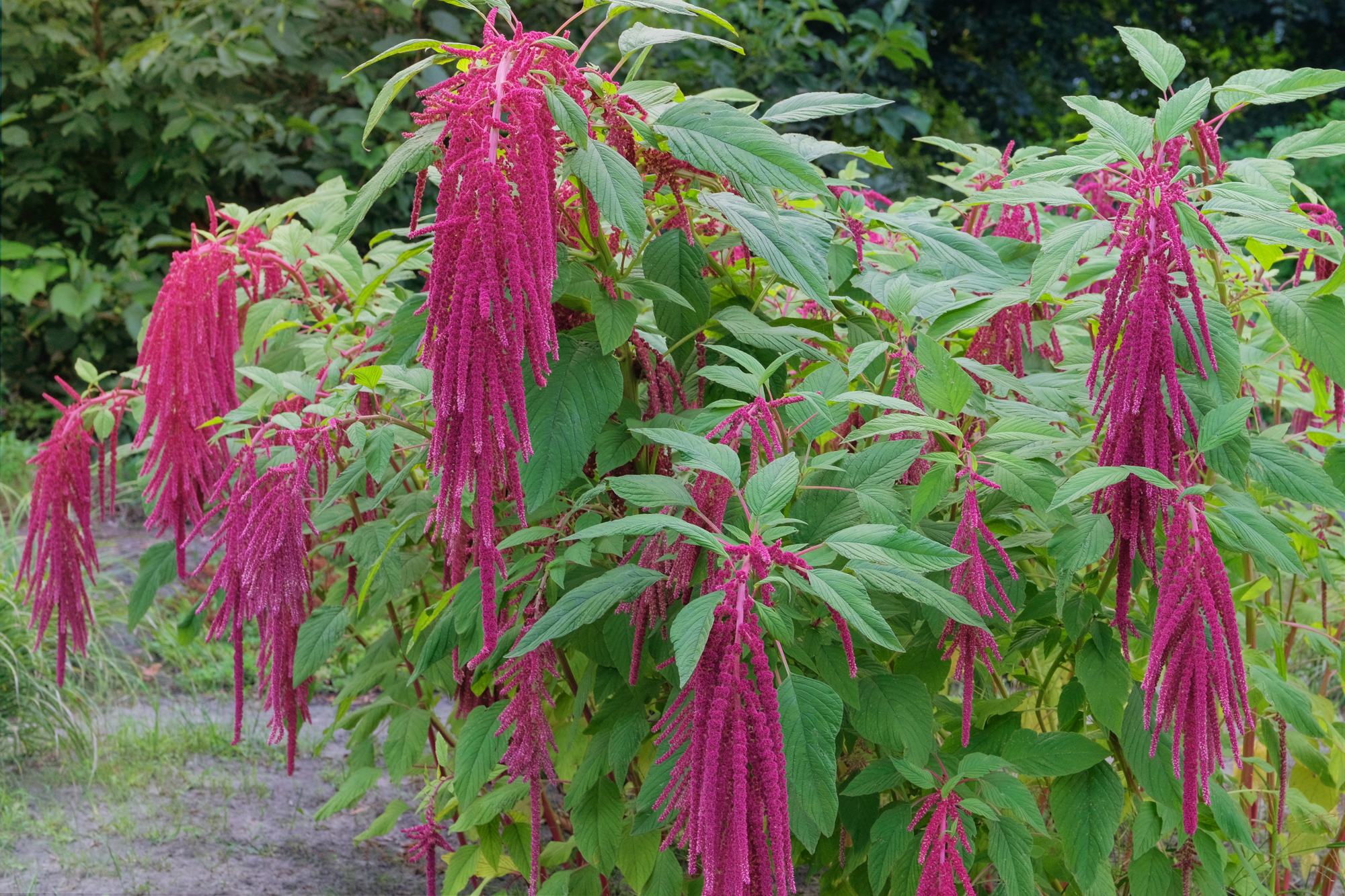
Bees and butterflies love the bright plumes of Amaranthus. Much of the plant is also safe for human consumption as well, making it a great option for those interested in foodscaping. However, this plant produces significant amounts of pollen (why the bees and butterflies love it) so it’s quite problematic for those with allergies.
Castor Bean
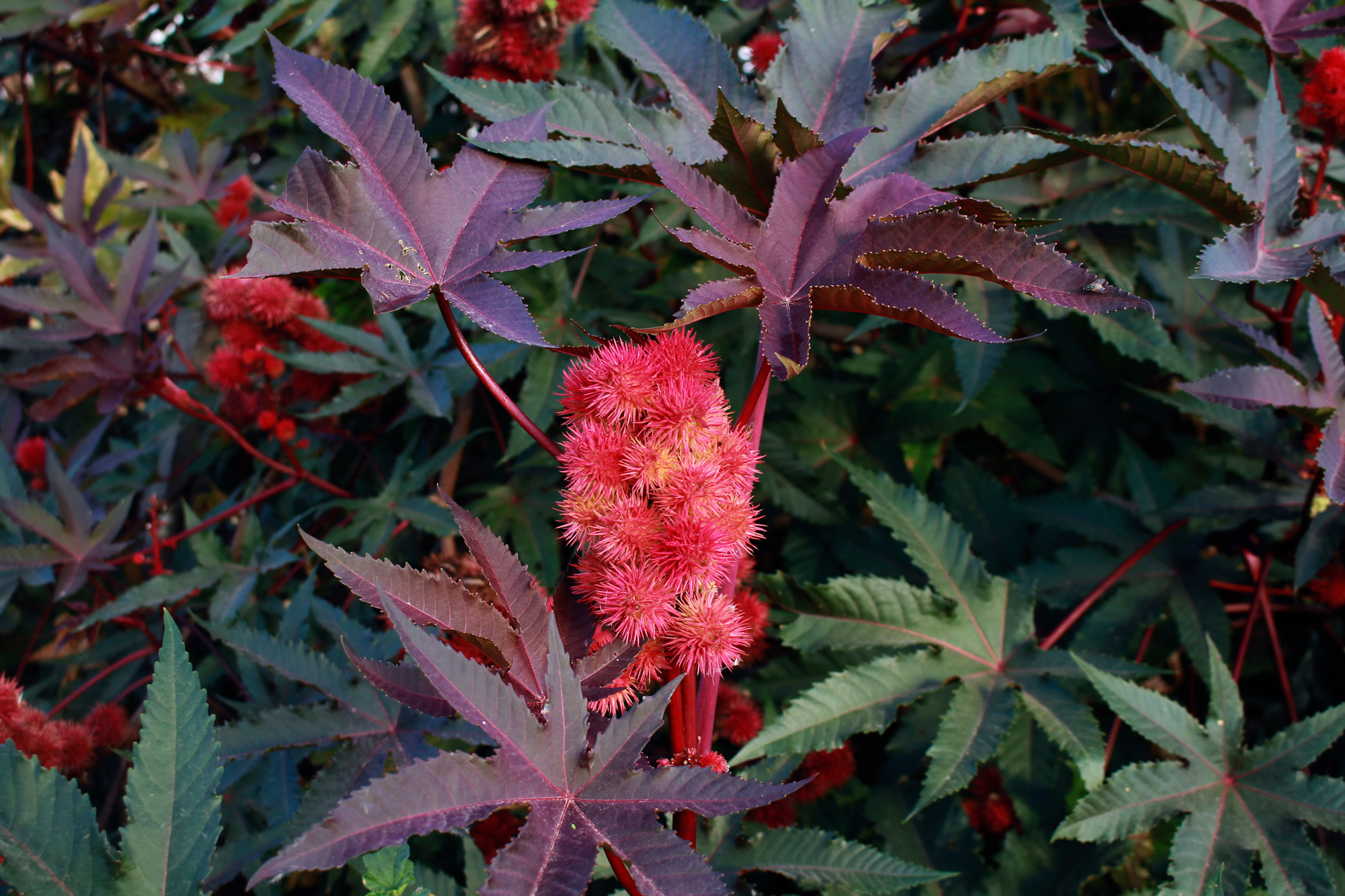
While Castor Bean may not sound very attractive, it’s frequently grown ornamentally for its interesting flowers and large leaves. Some also use the plant for medicinal purposes. Sadly, this plant is highly toxic to animals and can be to humans as well. This is not a plant that should be in your garden if you have pets or if you live in an agricultural area.
Bradford Pear
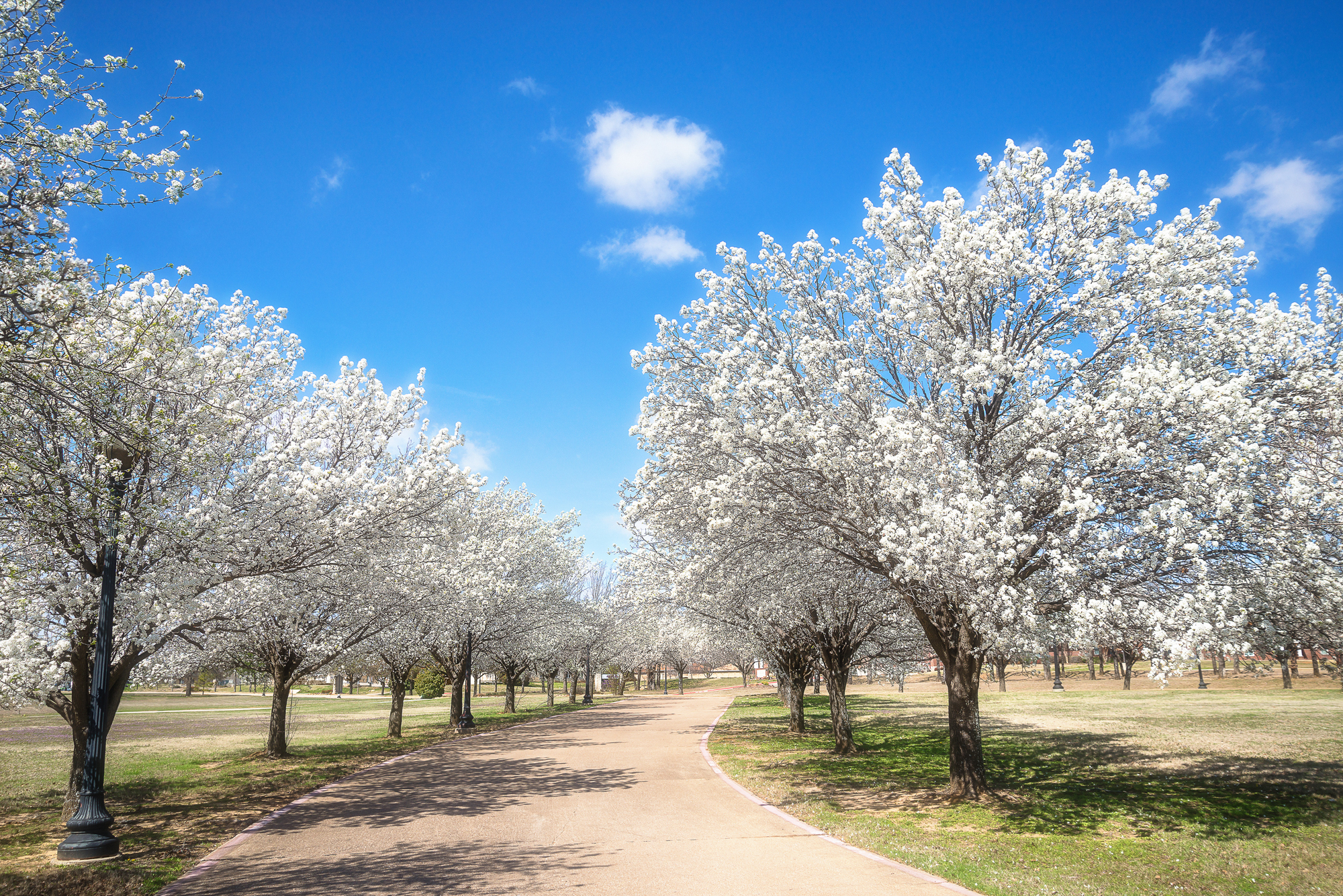
Many people grow Bradford Pear trees for their beautiful white flowers in the spring and thick, green glossy leaves throughout the summer. It’s become a popular plant in landscaping as it is large enough to provide a lot of shade. It won’t produce any fruit unless it’s pollinated by another cultivar of pear tree.
Despite its beautiful appearance, this hybrid tree has very weak branches that are susceptible to breaking during a storm and can cause damage to surrounding structures or plants. If pollinated from surrounding trees it can spread quite aggressively. Consider planting a different type of shade tree instead.
What Succulent is Best for You?
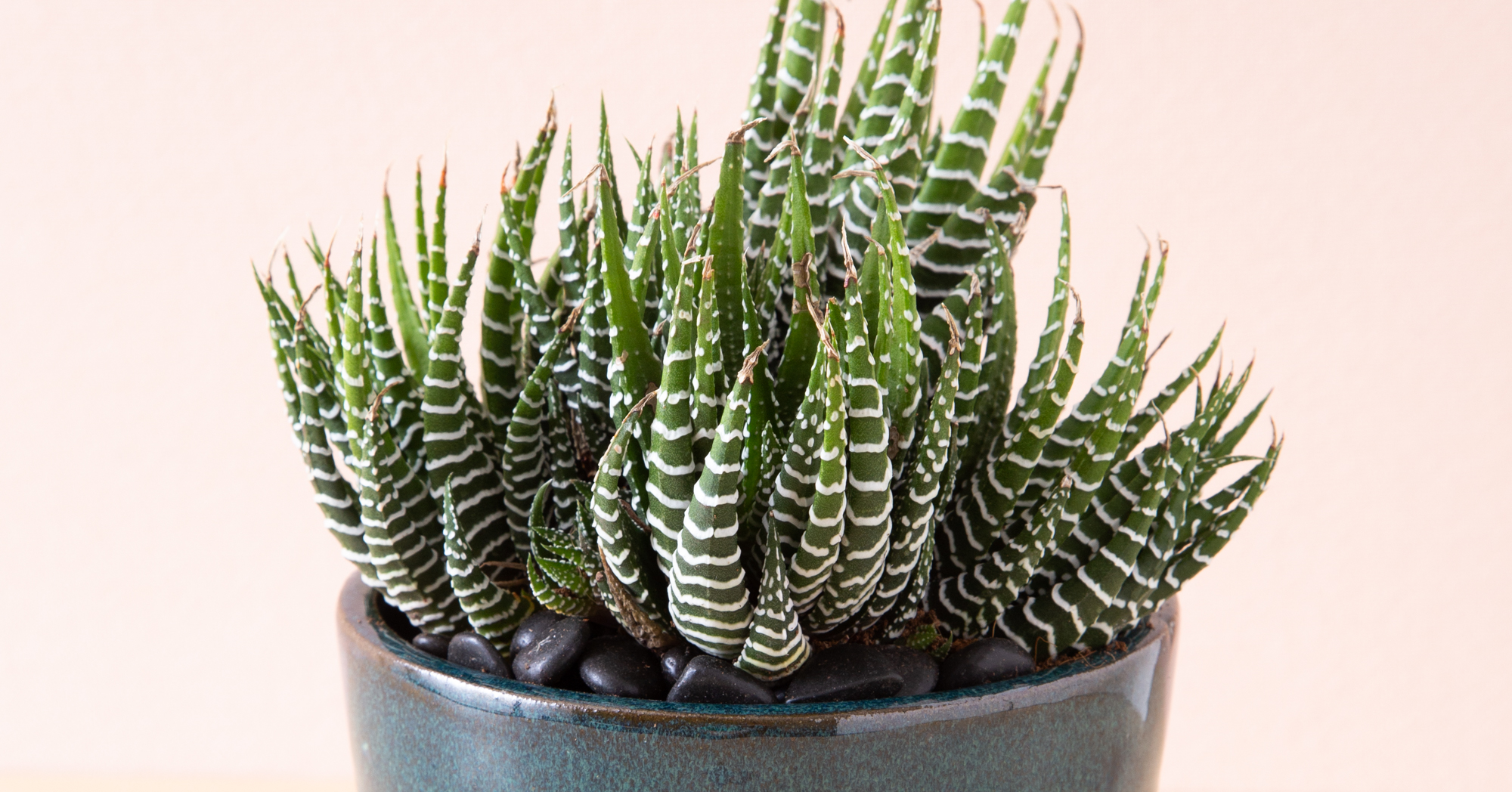
There are thousands of succulent varieties and not all of them will grow well in your climate or may require more (or less) work that you want to put in. It's important to know how much light and water your succulent plants need to thrive so you can select the plant that's best suited for you.
Ensure You're Watering Properly
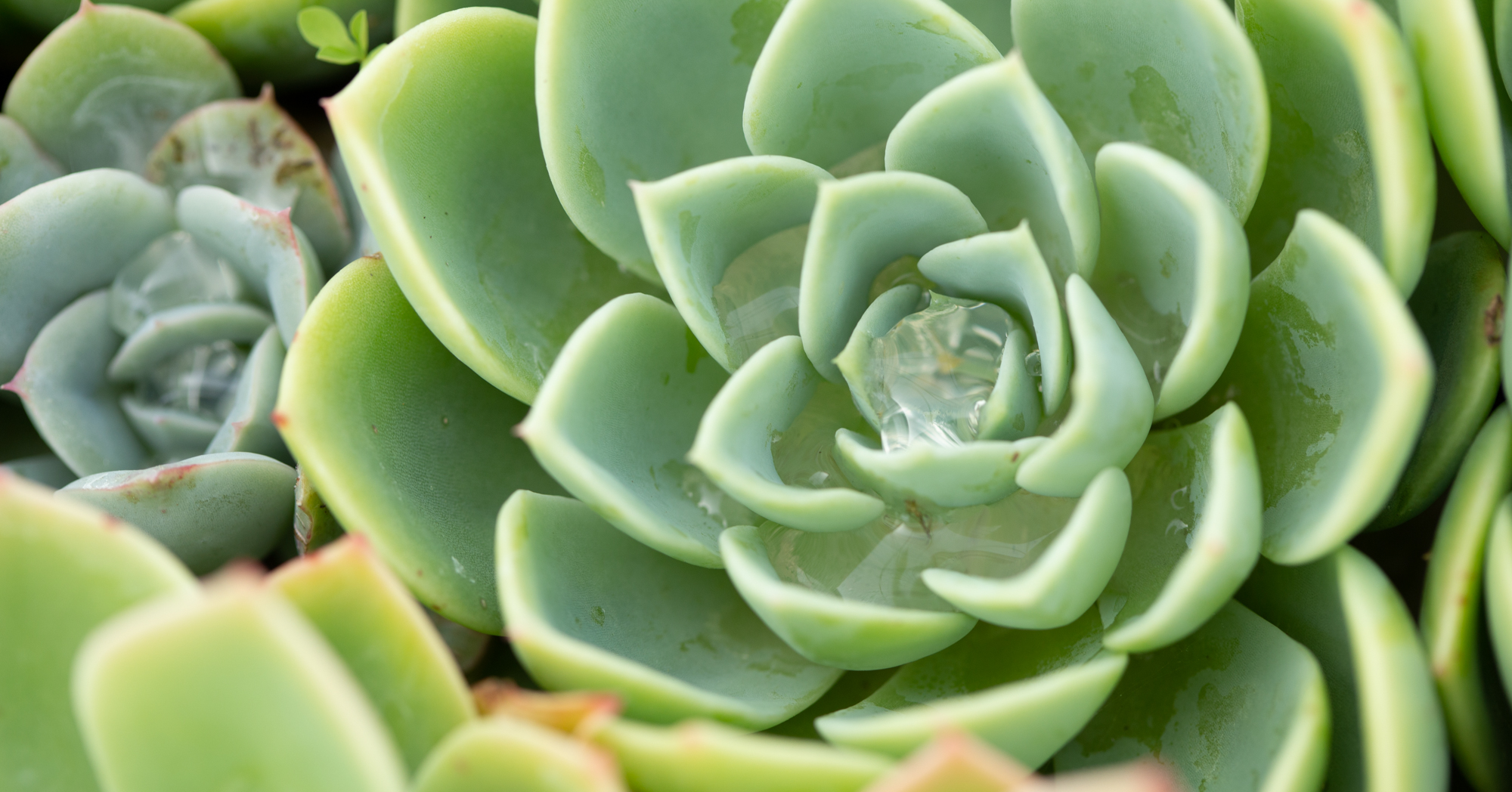
A big part of keeping succulents healthy is providing them with the right environment. You'll want to pay attention to the soil they're in, how much sunlight they're getting, and most importantly, how often you're watering them. The method and frequency of watering succulents are critical to preventing rot while encouraging lots of new growth.
Are you overlooking this critical part of succulent care?
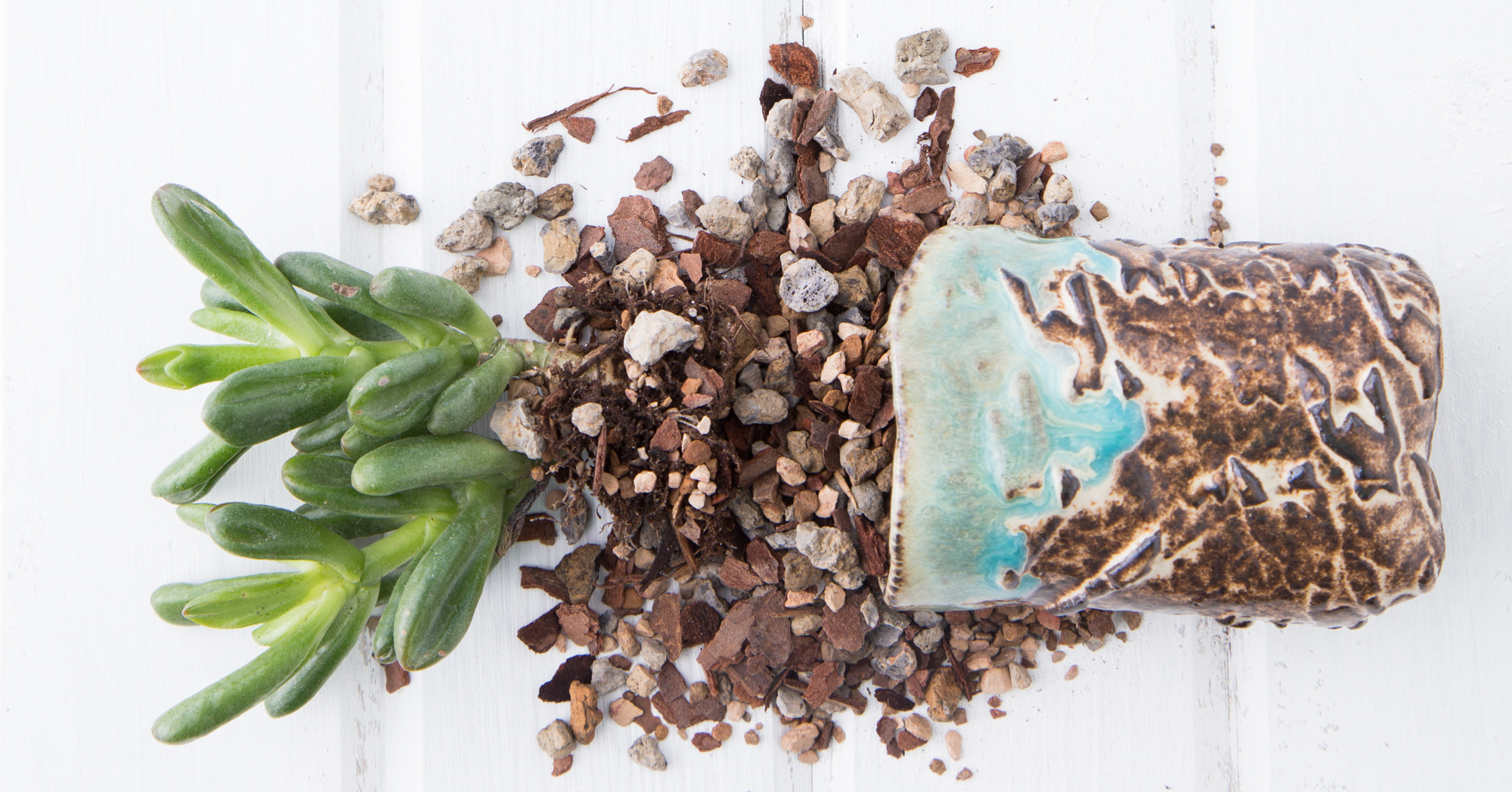
Many people who struggle to grow succulents think they have a watering problem. As it turns out, most of them have a soil problem. Using the proper succulent soil will make caring for these unique plants so much easier. Find out what type of soil is best for succulents and where to find it.
This article originally appeared on Succulents and Sunshine.